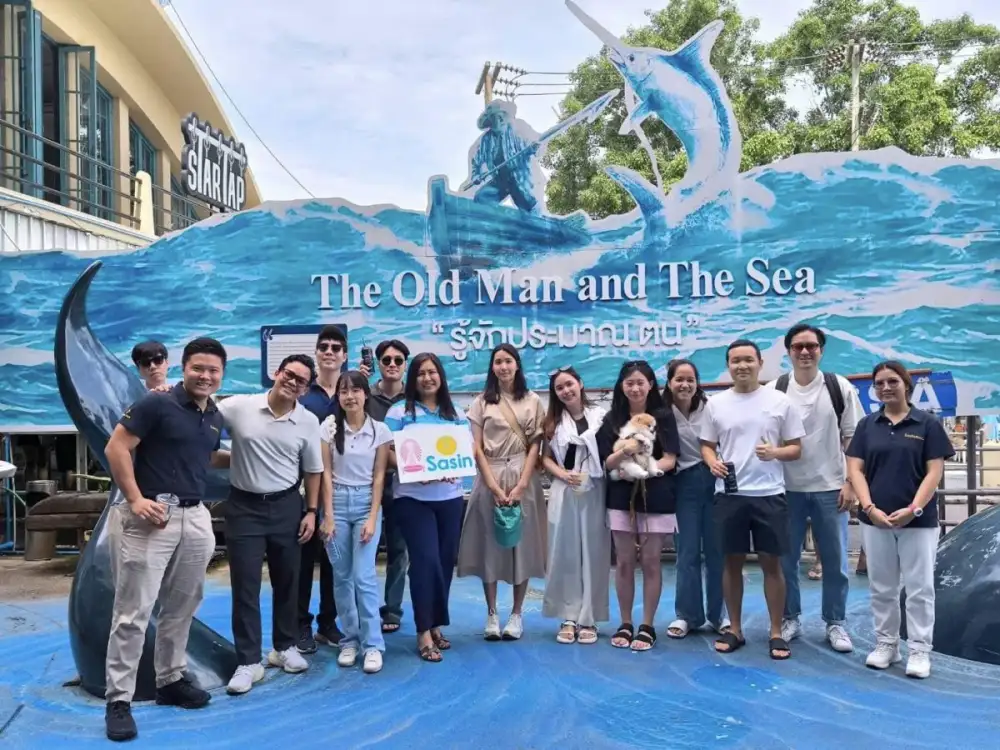
Sasin MBA students visited Tha Chalom at Samut Sakhon province as part of the "Sustainable Place Branding from the Bottom-Up: Building Brands in Tourist Destinations Sustainably from the Roots of the Economy to the Top " initiative on July 13. The Tha Chalom subdistrict was Thailand's first provincial sanitation center, established in B.E. 2448 (R.S. 124). The visit was under the guidance of Dr. Yupin Phattharaphongsant, Sasin Assistant Professor of Marketing, within the framework of the Brand Management in the Era of Sustainability and Digital Transformation course.
At Sasin's MBA program, the curriculum emphasizes action learning, linking real-world issues with theoretical frameworks in business education. The students adopted an action learning approach to explore and extract the community's brand identity, plan tourism aspects, and present their findings to the community stakeholders.
The visit began with a briefing on the history of the Tha Chalom community by Dr. Suwanchai Sangsukiam, Chairman of the Samut Sakhon City Development, at the Baan Tha Chalom tourism and community activities center. The students then took a tram to see the old city of Tha Chalom along Tawai Road, studying and collecting information about the local culture, food, and art. They visited shops selling dried seafood, observed street art reflecting the locals' identity, and noted century-old buildings lining the streets. Stops included significant locations such as the Jui Buay Nia Shrine, Che Cheng Hiang Tua Shrine, and Pun Thao Kong Shrine, learning about their importance to the Chinese community established in the area since King Rama V's reign. Later, students visited Wat Suthiwat Wararam (Wat Chong Lom) at Ban Laem Railway Station and conversed with long-term residents to understand the community's cultural roots and identity.
After the site visits, students were divided into groups to discuss urban development strategies through tourism for the Tha Chalom community brand. They focused on creating value-added strategies and identifying unique and distinctive points of differentiation. Their plans considered Sustainable Development Goals (SDGs) and business sustainability within the environment, society, and good governance (ESG) framework. The presentations received feedback from key stakeholders involved in the area's development, ensuring that the proposed plans could be effectively implemented and sustained.